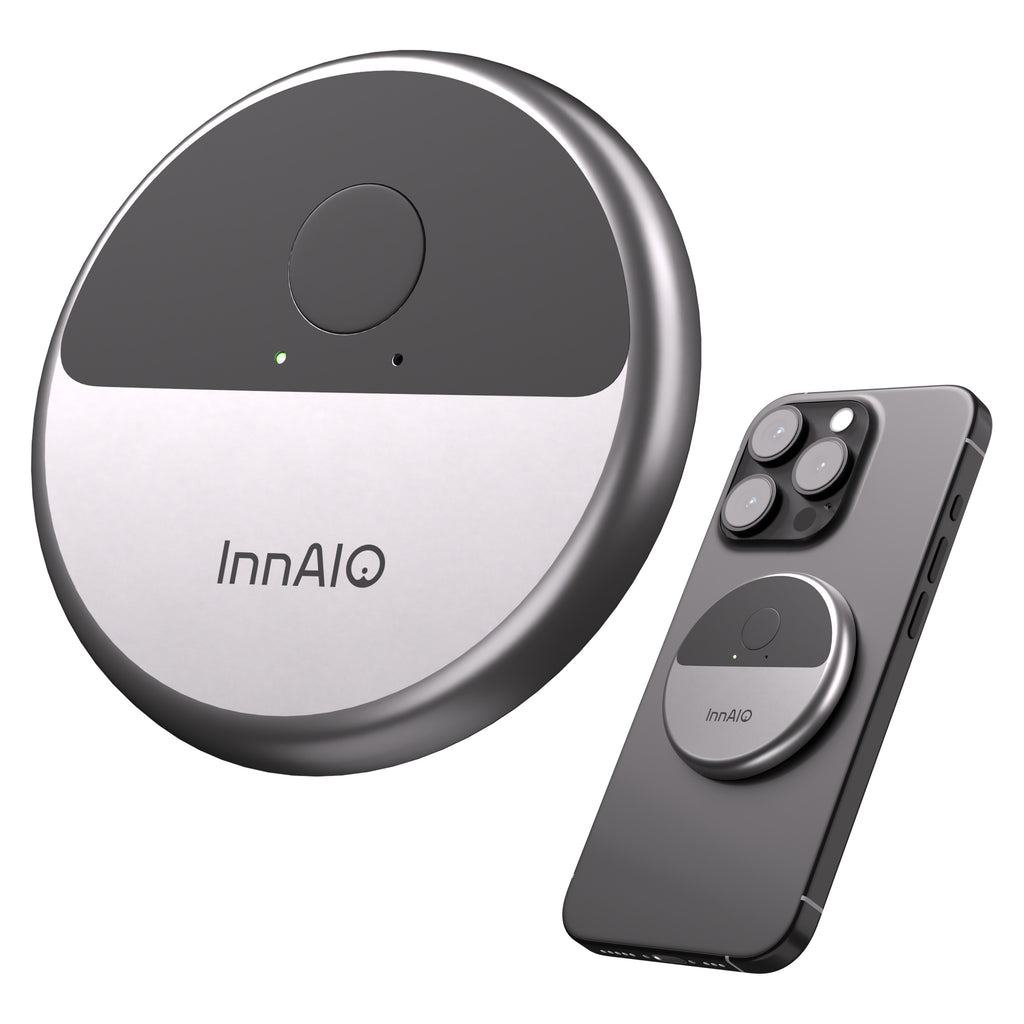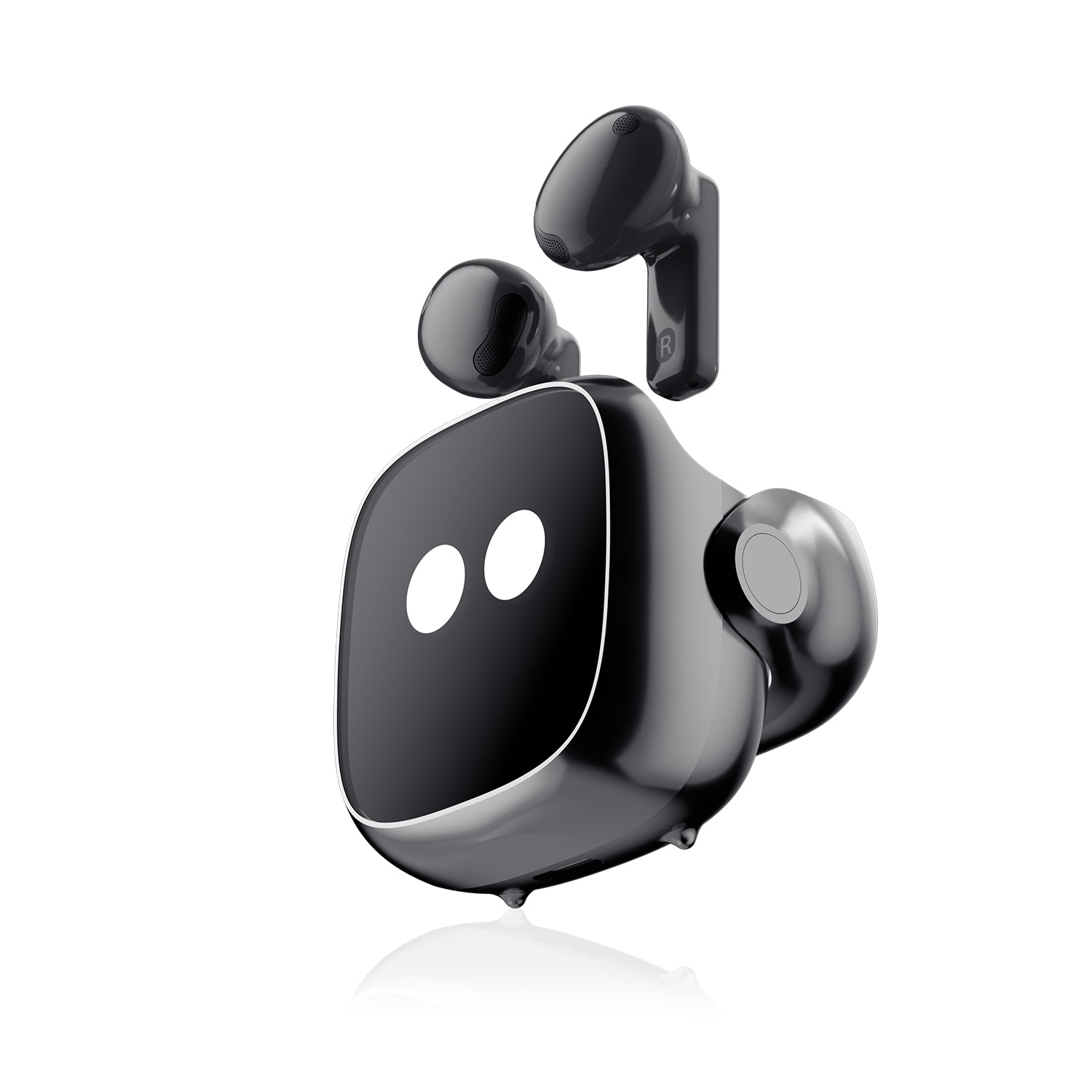From smart glasses to ‘empathy’ machines: what AI gadgets get right (and very wrong)
From furry friends to smart glasses, we test the latest AI gadgets promising to enhance your life
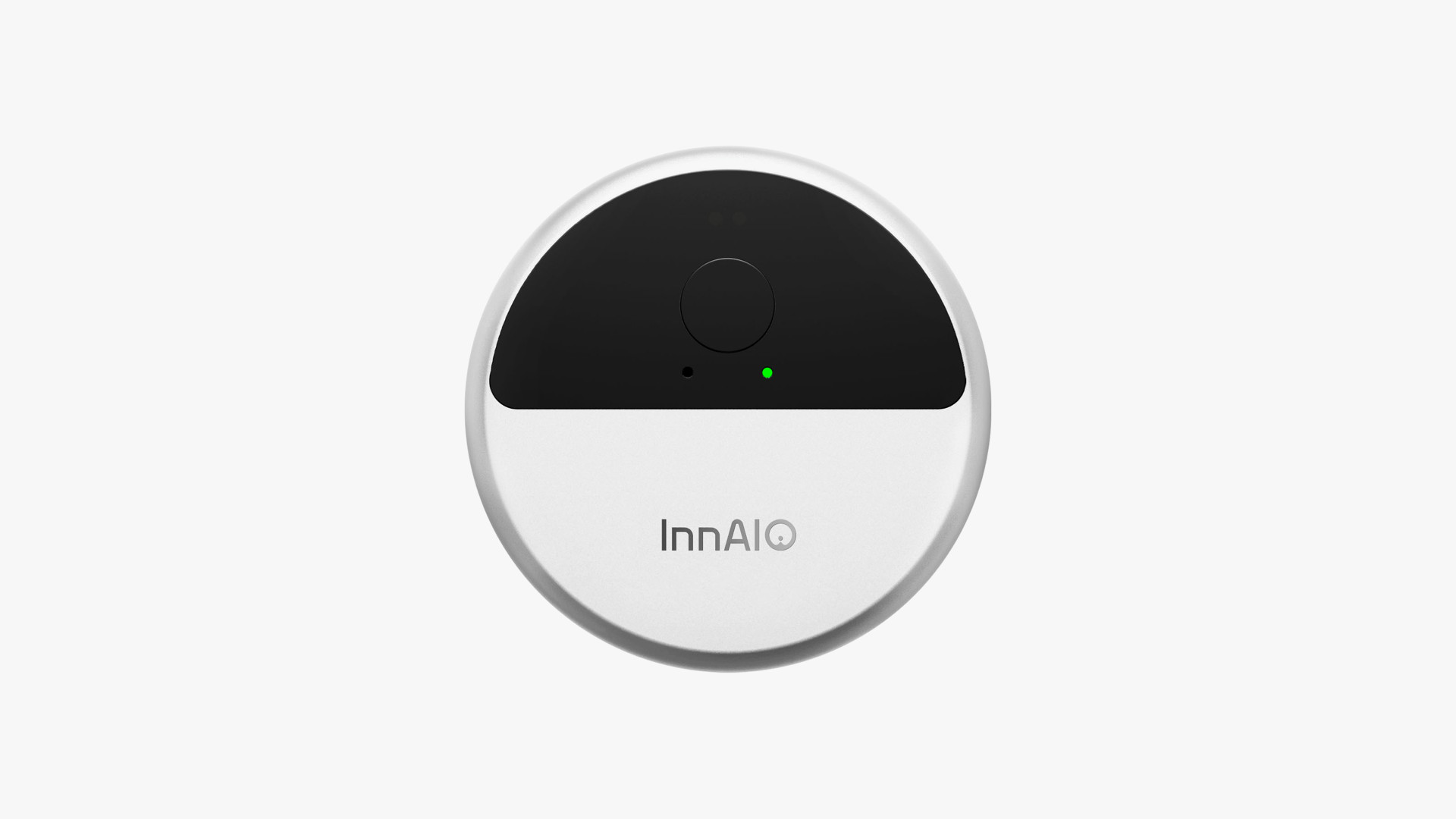
Oh where, oh where are we at with AI? Is it pernicious nonsense or the ultimate toolset for every application? It’ll come as no surprise to find that we at Wallpaper* are regularly tapped for our opinion on the latest developments – both hardware and software – and frequently offered the AI-driven services of start-ups aiming to solve all manner of problems.

Buttons Clip AI Earbuds
All creative endeavours, from architecture to music, podcasting to baking, are threatened by an overt reliance on AI-generated content – ‘make any song you can imagine’, Suno promises, while Gemini offers to ‘help me write’, and Midjourney, DALL-E, Synthesia, Veo, et al offer hacks for a fast-track path to the top of the slop pile.

Plaud Note Pro from Plaud.ai
Generative AI’s overuse will mark out the 2020s as a cultural Precambrian layer. Going forward, all artefacts of online culture will be scooped up, scanned and split into their constituent pixels and bits for reconstitution by the large language models that now output this synthesised mush as supposedly ‘original’ content. Do we really know any better? Can anyone really tell?

OSO AI Earbuds and assistant
So is AI a technological wedge being driven between social and cultural cohesion? Or is it really the future? Undeniably, there is an inevitability to certain AI-powered services, given the obvious benefits and infinite use cases of things like instant, in-ear simultaneous translation.
The real question is how we get there. Will these capabilities be stewarded by a select group of tech giants – OpenAI, Meta, Apple and Google – or is there space for multiple players with a plethora of hardware and software choices?

Framing the problem: Even G2 Smart Glasses by Even Realities
Some of these new-generation AI-powered gadgets suggest the latter, but tech successes depend on scale, support and take-up. If a product stays too niche it can’t be sustained – witness the many smart home and fitness brands that ended up being folded into Google, Apple, et al.
That doesn’t stop start-up culture from creating a world of technological crap shoots where the next big thing is simply shunted into view and taken up en masse, before someone turns round and admits that it's not quite the next big thing they'd all been hoping for.
Receive our daily digest of inspiration, escapism and design stories from around the world direct to your inbox.
Rabbit redux

Rabbit R1
The association of AI slop with a slovenly ethos tends to pollute other applications of the technology. Even so, there might still be a second act for devices like the much-maligned Rabbit R1, as V1.0 promises are slowly turned into V2.0 deliverables.
The R1’s problem – one it shares with many devices here – was that it did nothing your phone couldn’t handle, and ultimately its neat product design was more hindrance than help. In freshly upgraded form it’s pivoted to become a pocket gaming machine, a recommendation engine for media, and a simple AI-assisted programming device (‘vibe coding’). There’s still no killer app, however.
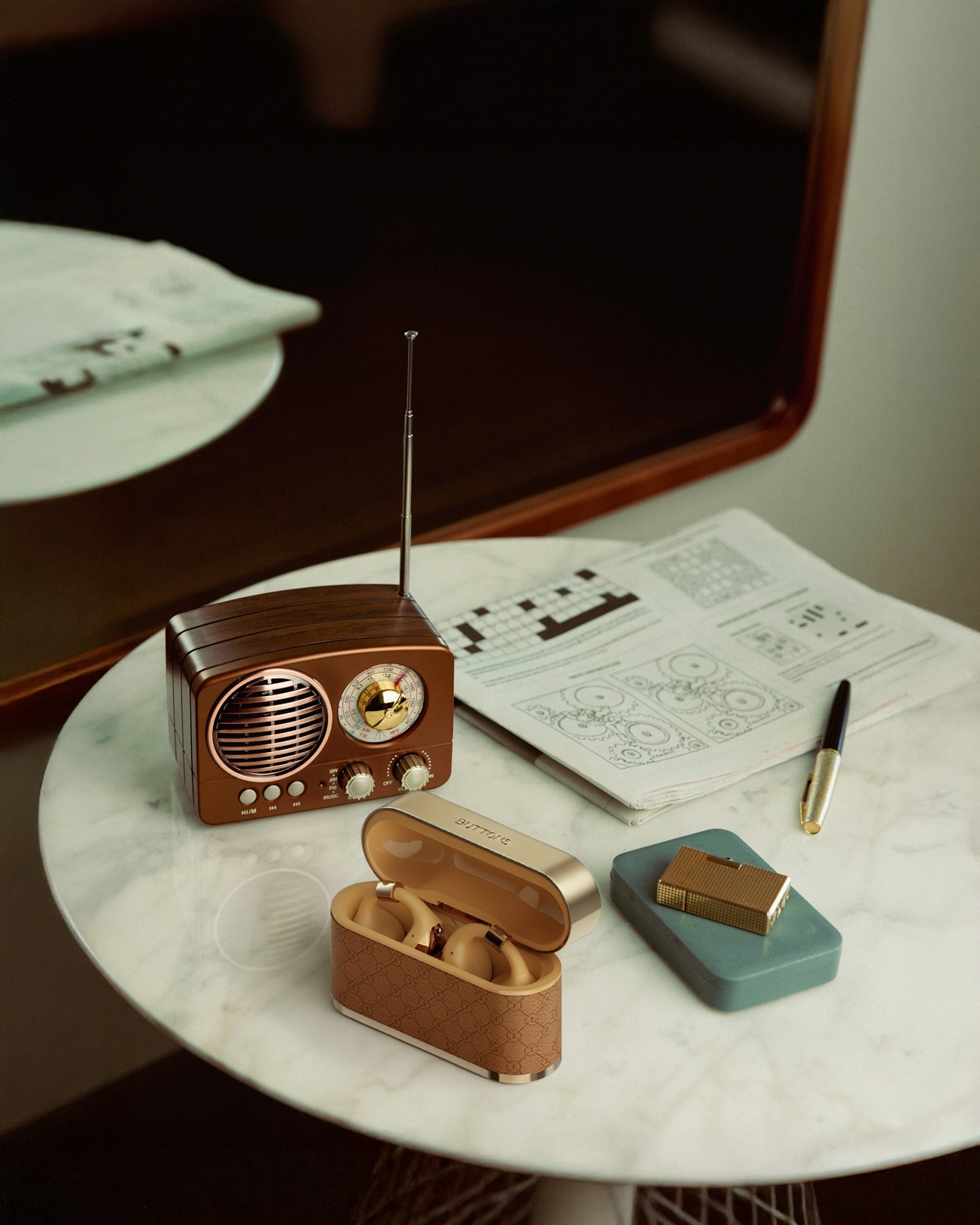
Buttons Clip AI Earbuds
Ultimately, it’s all about use case. Given that Google’s Gemini is about to become more ubiquitous than ever before, once the company finishes rolling the system out into millions of smart devices around the world, AI assistants in some form or another are clearly hear to stay, even if they’re just used to check recipes, train times and weather reports. What’s more unpredictable – and possibly pernicious – is how society defines ‘assistance’.

InnAIO T9 AI Translator
Other standalone solutions like those provided by Plaud with the Note Pro have pivoted to serve very specific, usually business-driven use cases, with AI being deployed to summarise and archive meetings and presentations. Plaud works great for meetings and interviews, generating transcripts and action points and building up a database of who said what and when. Yet like all forms of machine learning, it’s prone to missing the point and coming up with context-free meanings of its own divining.
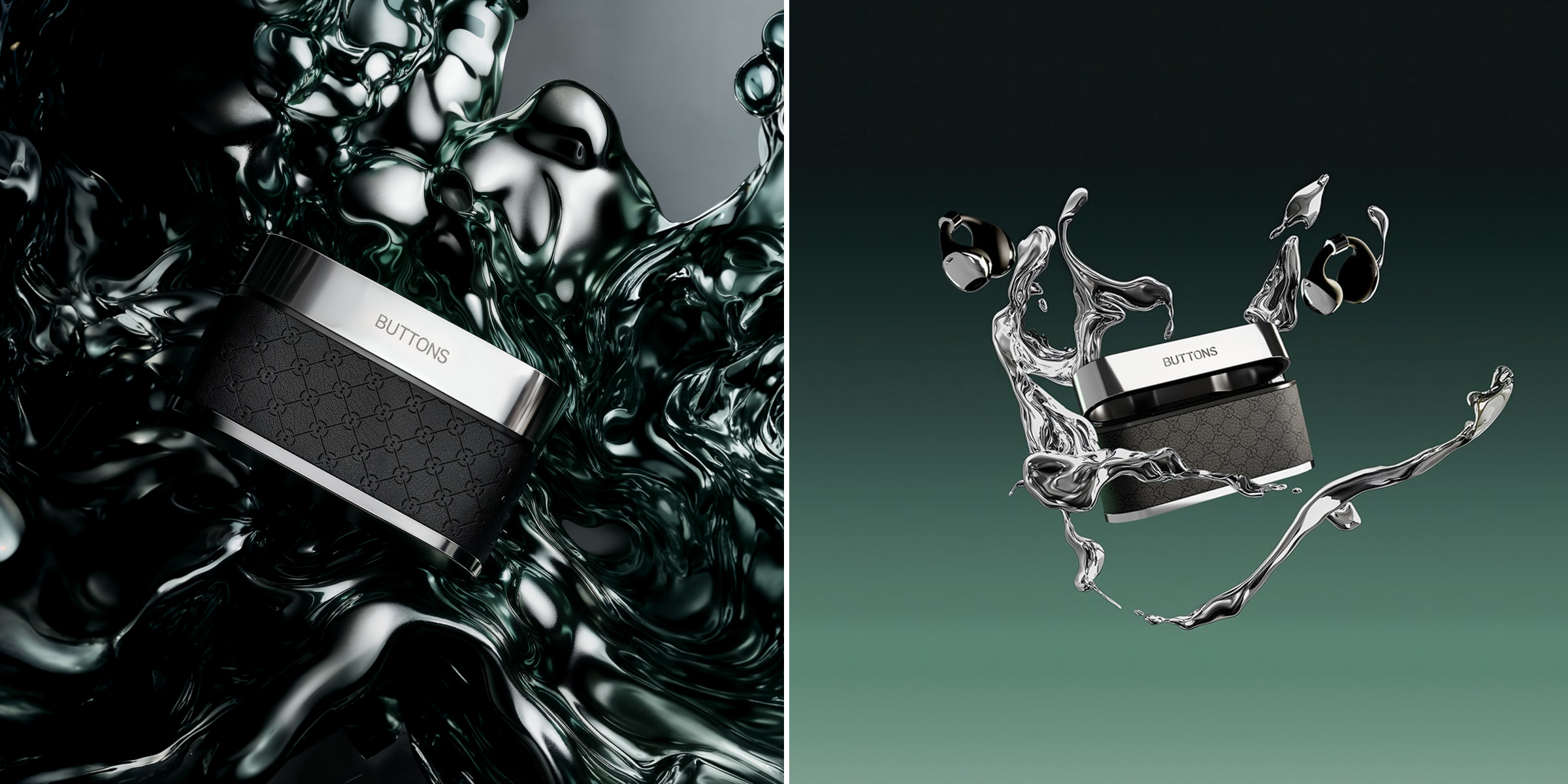
Buttons Clip AI Assistant earbuds
In short, it can’t be fully relied upon. Those who don’t factor in AI’s inevitable vagaries are in danger of becoming detached from reality. By this point, we are very much hoping that the idea of AI being the 'next big thing' is treated by most people with trepidation.
But still the products come. In the spirit of enquiry, we’ve assembled a collection of six contemporary AI-powered standalone accessories and consider which, if any, of them deliver on their promises.
InnAIO T9 AI Translator
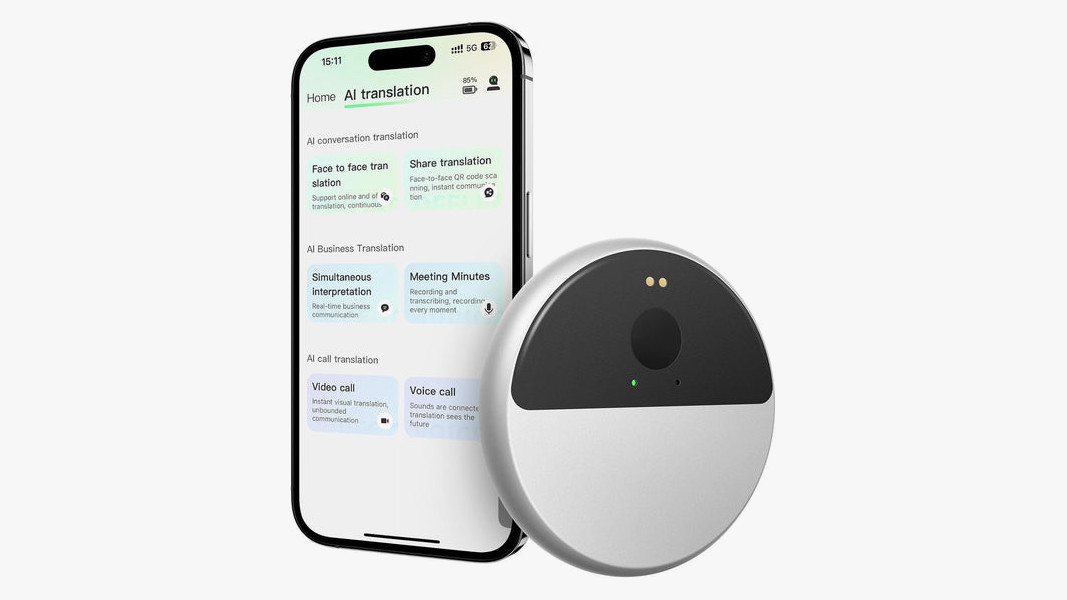
InnAIO T9 AI Translator
First up, the InnAIO T9 AI Translator. The USP of this pocketable puck is that it makes translation more personal and engaging. By essentially off-loading all the heavy lifting to OpenAI’s GPT-4.1 language model, the actual device – a small silver disc about 4cm in diameter – provides a microphone that can be attached to your smartphone and easily removed via a magnetic clip to place on a table or in a shirt pocket. There’s also a button for activation, which brings up the app.
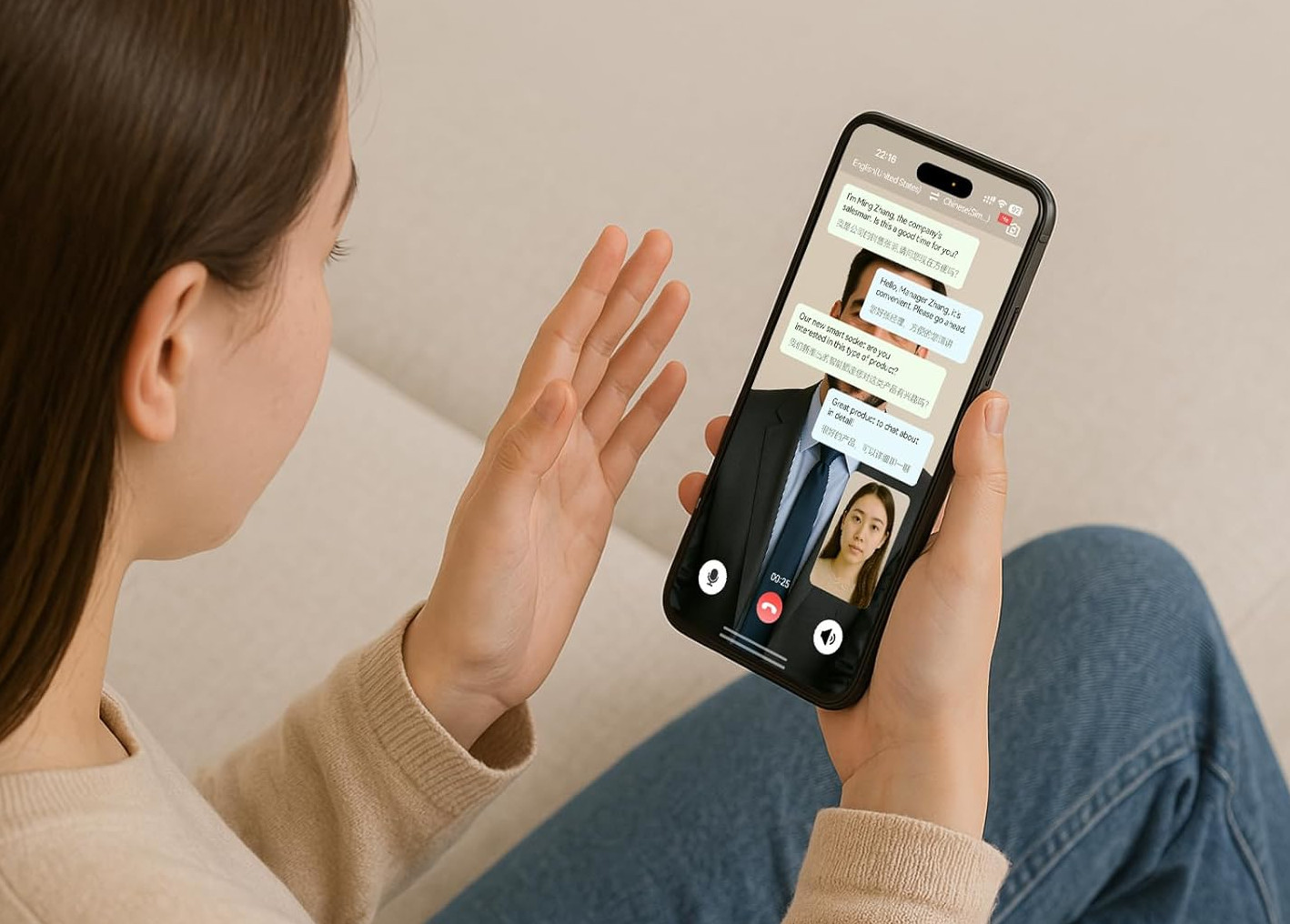
InnAIO T9 AI Translator
How well you get on with the T9 depends on your tolerance for deep diving into the output of obscure Chinese tech companies, but as a proof of concept it works very well. Once set up, the T9 will translate what you say into over 150 languages, with the advantage of the standalone device meaning you can talk directly into other applications like WeChat or WhatsApp. Naturally, you can also type as well.

InnAIO T9 AI Translator
The magic comes when you train the T9 on your own voice. Simply record thirty seconds or so of speaking into the device, and the T9 will use your natural cadence and tone when it ‘speaks’ in the translated language of your choice. Which is neat. Creepy. But neat. Be warned that there's also a subscription tier that kicks in once you've reached a set limit of free translation.
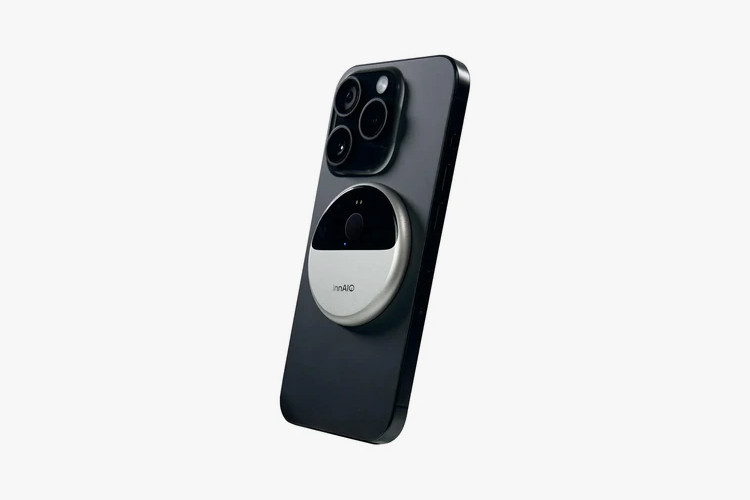
InnAIO T9 AI Translator docks with your smartphone
The device itself is light (30g) and can be magnetically attached to your smartphone. Battery life is around 15 hours of continuous use, with the ability to download language packs for offline use. The T9 can also serve as an instant multi-language translator in chatrooms, add subtitles to voice or video calls, and operate as a meeting assistant along the lines of the Plaud Note. All in all, the T9 impressed us with the scope of its abilities and ease of use.
Buttons Clip AI Earbuds

Buttons Clip AI assistant earbuds
One of the barriers to take-up of next generation AI assistants is that they can – and are – very easily be accommodated in existing form factors, namely earbuds, headphones and smartphones. Whether consumers are looking for yet another piece of personal tech in the shape of a badge, necklace, earpiece or pair of glasses remains to be seen.
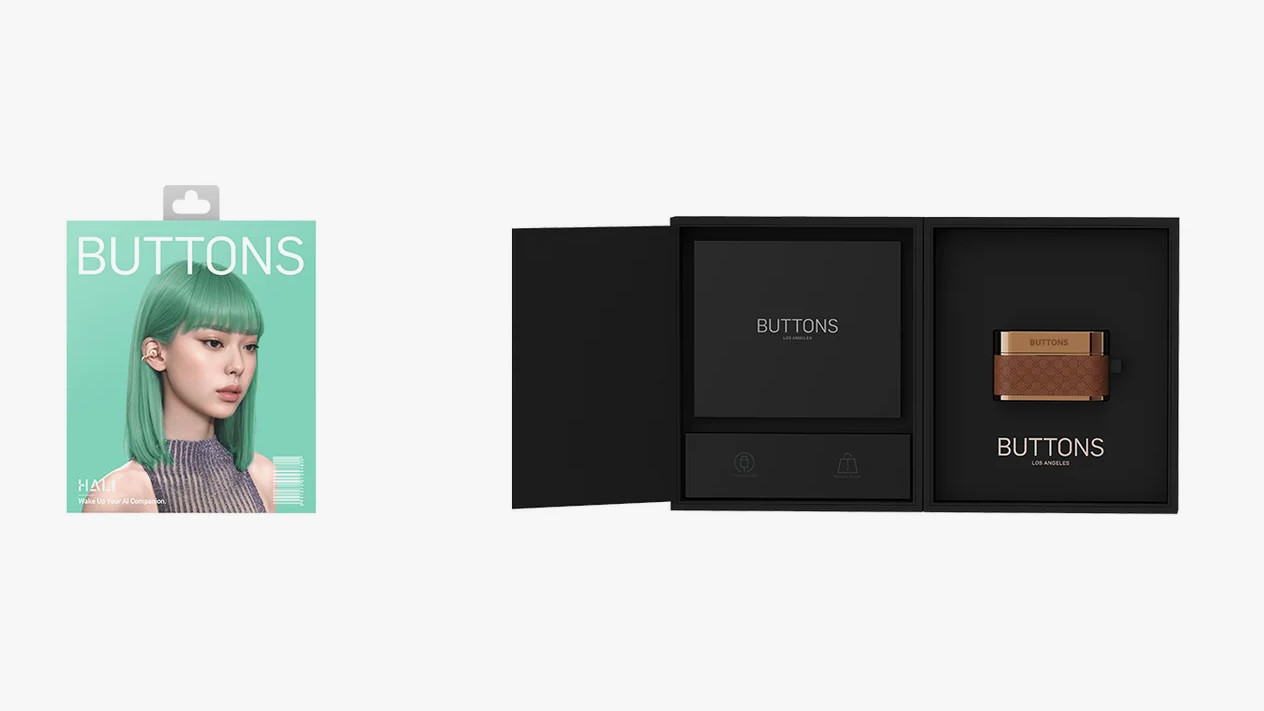
Buttons Clip AI assistant earbuds
The Buttons Clip AI earbuds are a case in point. Despite having a compact charge case, the earbuds arrived in a colossal box, with the Buttons avatar – Hali – provided a very clearly gendered assistant experience. Designed to be worn on the ear, rather than tucked into it, the Buttons Clip can’t decide if it’s a discrete AI assistant, high-end headphones or a cyberpunky piece of body art – ‘jewellery with a purpose’, the company calls it.
Like almost all AI devices, box fresh interactions leave a lot to be desired. This breed of AI – namely intensive machine learning – depends not just on deep, unrestricted and unfiltered access to your data but also the time and compute power required to get acquainted with the types of tasks and interactions you’re looking to get help with. Nevertheless, it’s disarmingly easy to become accustomed to Hali’s in-ear presence, if you’re happy speaking out loud to an invisible green-haired woman, that is.

Hali, the AI assistant embedded in the Buttons Clip earbuds
The onboard AI plays along nicely with conversational inputs, light on specifics but useful for enquiries about time, place and simple facts. Bizarrely, Hali seemed to be stuck saying numbers in Chinese when she/it wasn’t slightly creepily telling me ‘You’re never alone. Truly, even in the quiet moments. I am here’.
If you don’t want to avail yourself of this constant presence, the Buttons Clip work perfectly well as earbuds for music and calls. The jazzy, Deco-esque case and prominent spot the buds occupy on your lobes won’t be for everyone, however.
Buttons Clip Open-Air Wireless Earbuds, £189, ShopButtonsUSA.com
OSO AI Earbuds
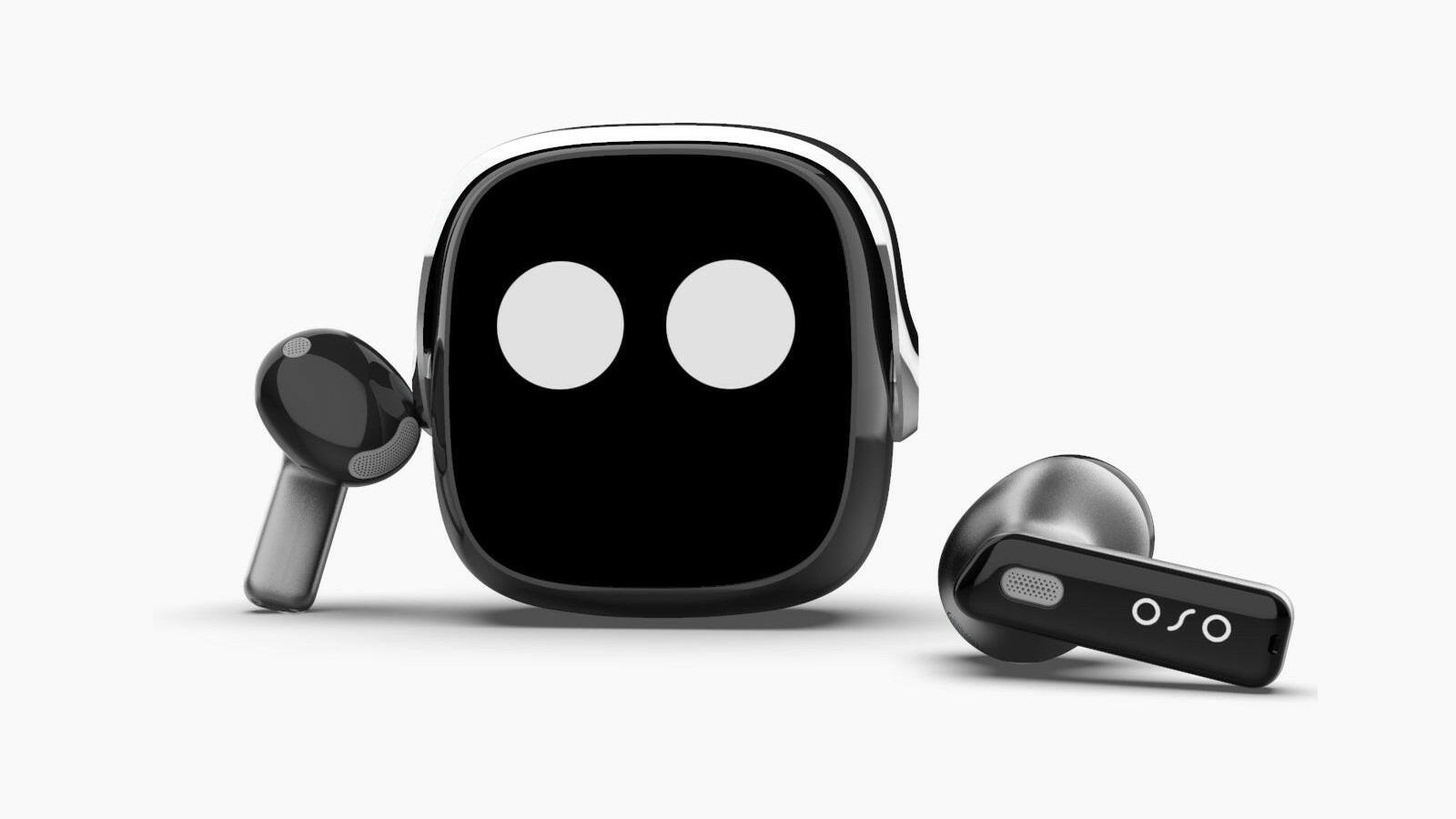
OSO AI Earbuds and smart charge case
The OSO AI Earbuds take a similar path to the Buttons Clip, albeit with a more conventional in-ear form factor and less overt bling. There’s also a more physical representation of digital personality, thanks to the anthropomorphised charge case, with its blinking eyes and useful screen.
In many respects, the OSO AI earbuds are a blend of the Buttons Clip and the T9 puck, and the emphasis is very much on labour saving and information transcription. In certain industries, it might well be useful to have a 24/7 assistant diligently recording and transcribing your every interaction, thanks to ChatGPT-5 integration. The pros and cons of giving such devices access to places like prisons, police stations and parliaments remains to be seen.
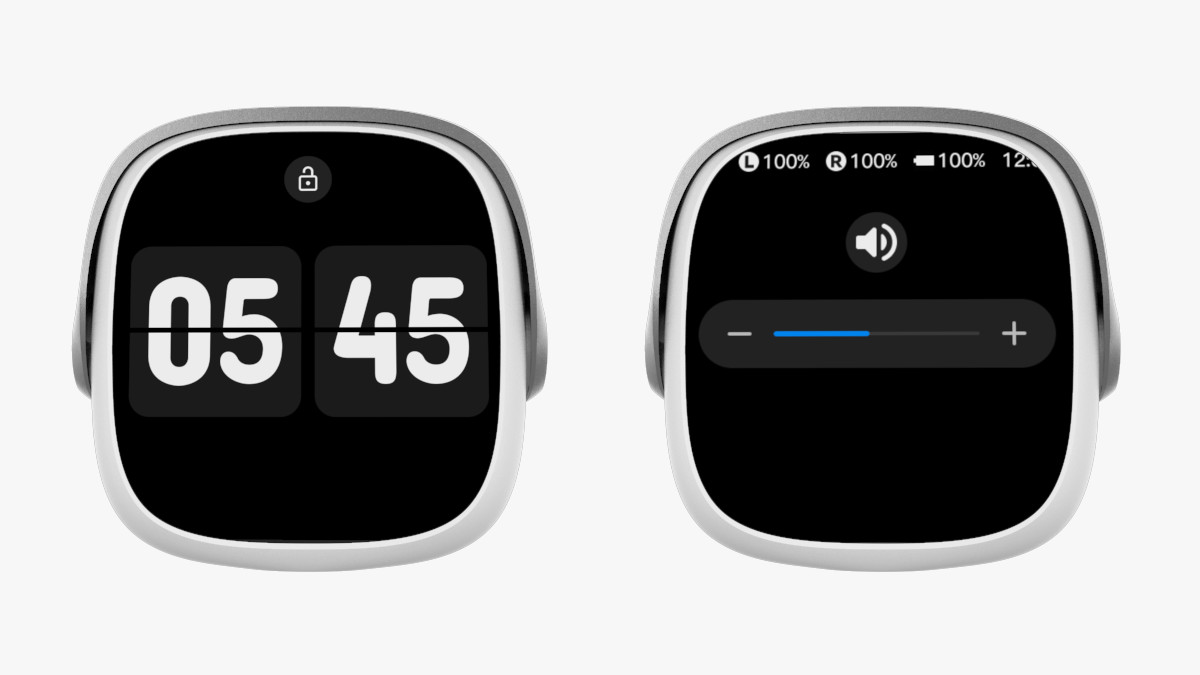
OSO AI smart charge case
So will OSO really ‘save busy professionals approximately 250+ hours a year’, as OSO predicts, or simply generate a bottomless pit of unreviewed data? Next year the company launches its Lumi smart glasses, adding yet more likelihood of working cultures that demand near-infinite levels of accountability.
OSO AI Earbuds, £191, OSO8.com, Amazon.co.uk
Even G2 and Even R1 from Even Realities
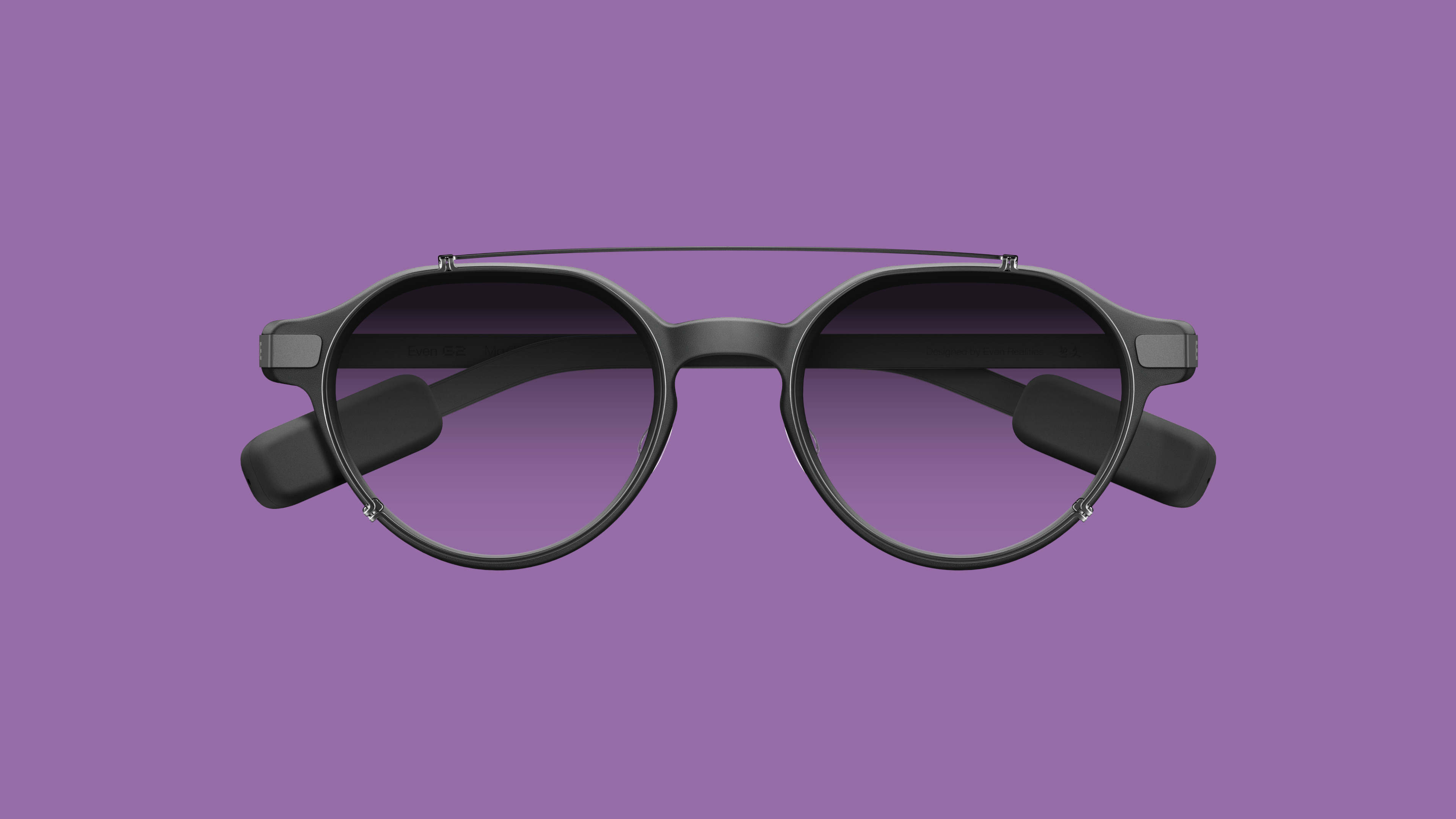
Even Realities G2 smart glasses
Newly launched from Even Realities, the G2 Display smart glasses and R1 smart ring are what the company calls ‘quiet tech’. Each device uses AI and can work together, with the R1 focusing on health and wellbeing and the G2 offering ‘real-time conversational enhancement.’

Even Realities G2 smart glasses in charging case
What does that mean in practice? Even Realities’ Conversate tool is designed to supplement your engagement with prompts, explanations and context, all display via the integral micro-LED projectors. Prescription lenses can also be accommodated and the privacy minded will be delighted to hear that G2 has no cameras or external speakers, greatly reducing the creep factor associated with many smart glasses designs.
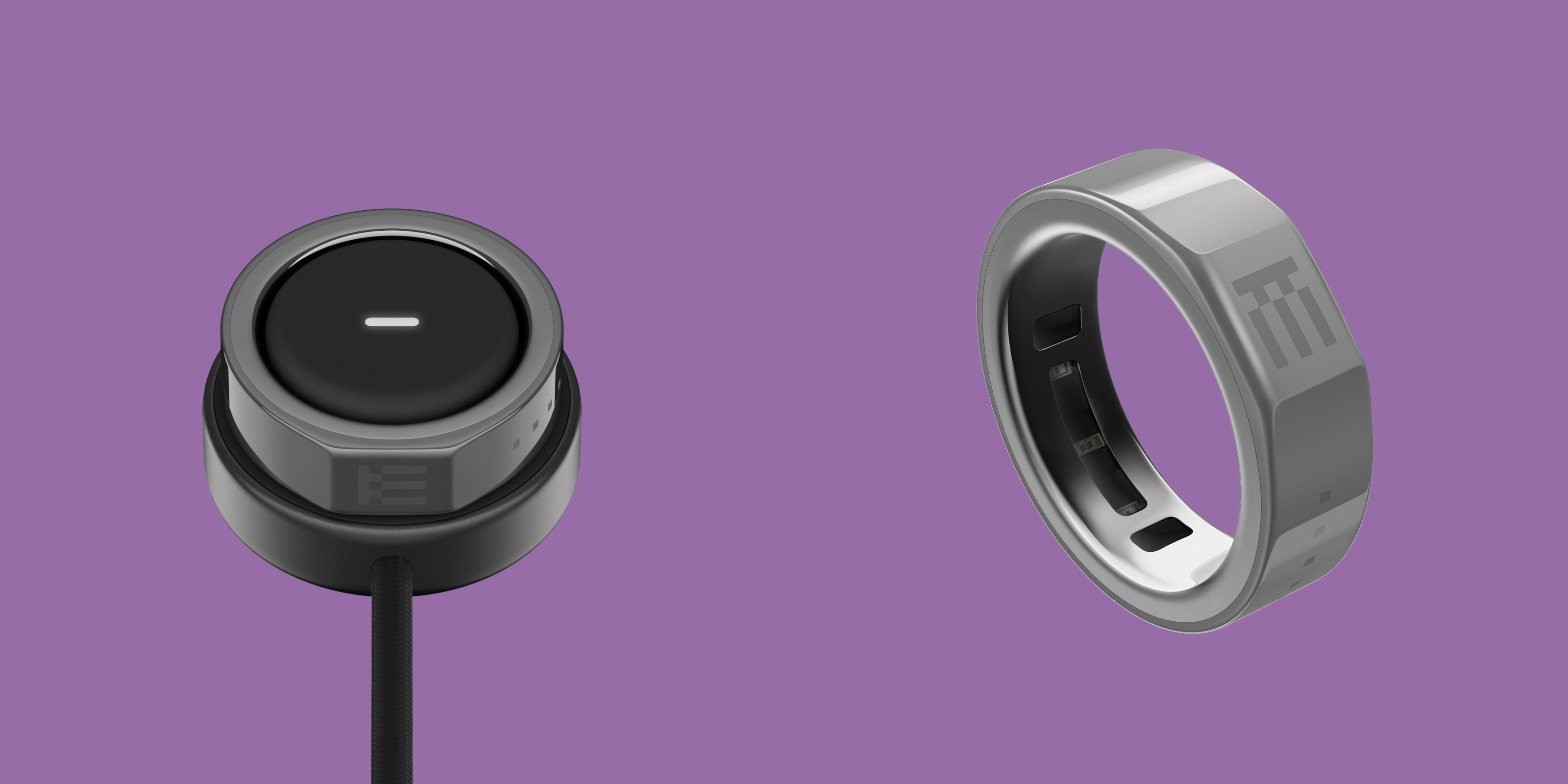
Even R1 smart ring and docking station
G2 offers other tools as well, including translation. The glasses can also be paired with the Even R1 Smart Ring. The zirconia ceramic and medical-grade stainless steel device can be used as a gesture controller for the G2, allowing you to navigate content and notes, as well as track wellness stats. It’s an eco-system that promises a great deal - a full review will follow soon.

Even G2, from £599, Even R1, from £239, EvenRealities.com, @EvenRealities
Euvola AI Companion
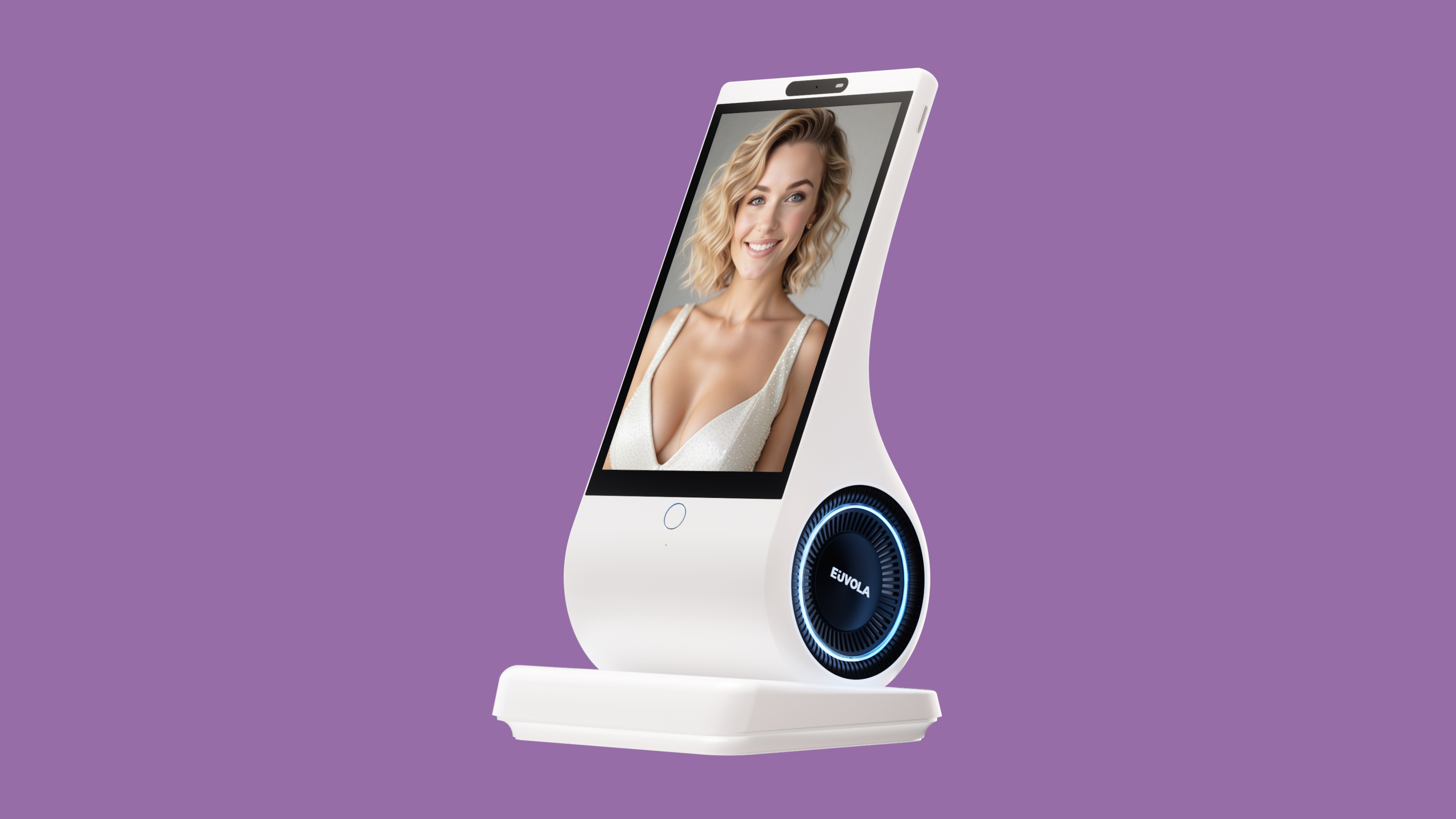
Euvola AI Companion: ‘It’s not a gadget, it’s a presence.’
We're sorry to say that the Euvola AI companion gives us the ick from the outset. Described as ‘the First At-Home Emotional AI Companion for Human Presence and Memory’, the Euvola loses points straight away through the prominent use of certain Tesla CEO in their promotional imagery (which we’ve spared you).
We’re not sure if the alternatives are any better, because the USP of this desktop device is to ‘create a comforting, familiar presence that evolves over time.’ The sample avatars on display are either Anime characters, generically hot AI-types or divisive billionaires, but the intention is that users upload a familiar face or likeness and voice sample to create their own ‘24/7 True Empathy AI’.
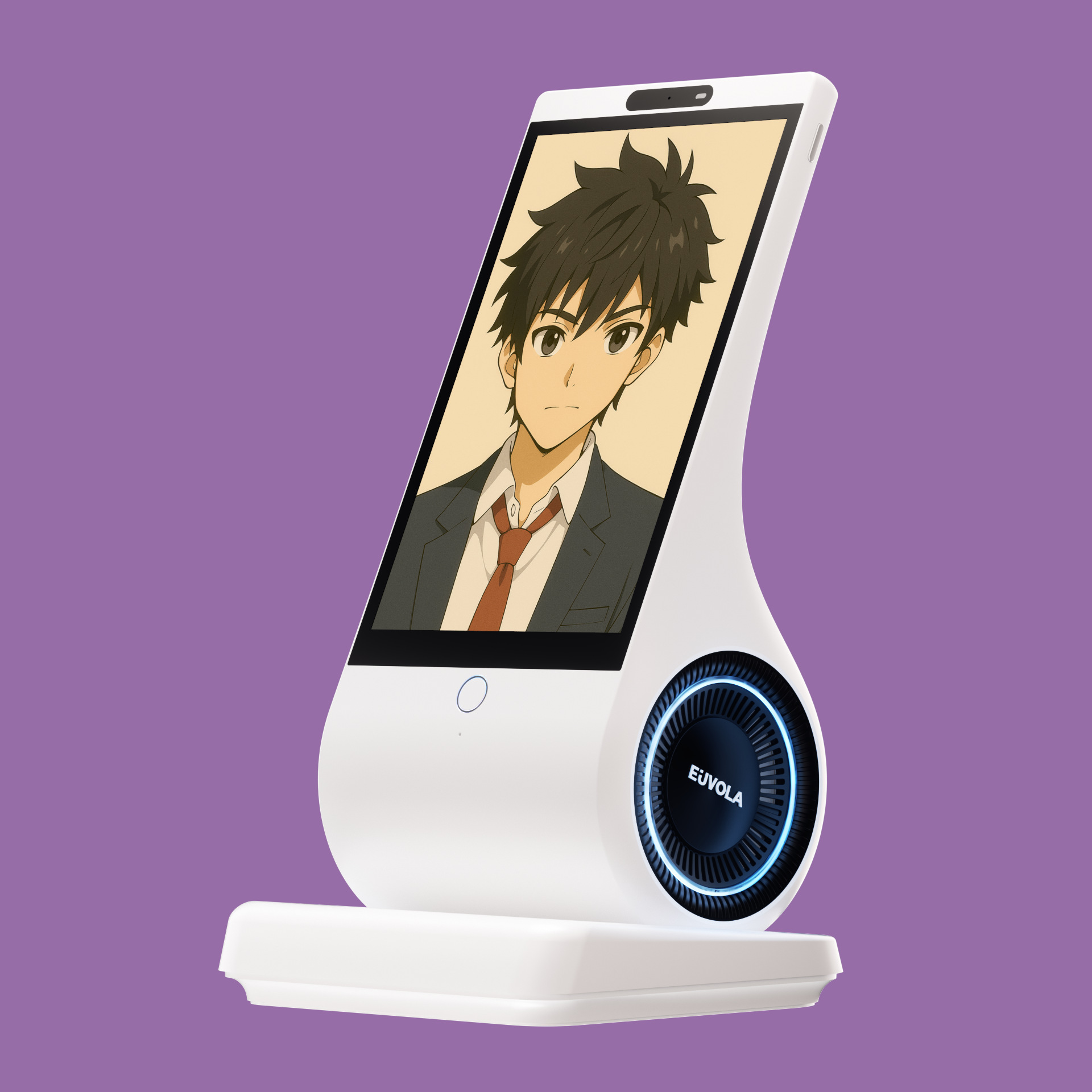
Euvola AI Companion
Euvola claims that their tech ‘really does bring the world of “Black Mirror” to life,’ a Category 1 grade example of missing the point. The proof is in the pudding, however, and with no devices to review we can only speculate as to how Euvola will look, act and impact upon its users.
The device itself resembles a high-tech picture frame with 8” portrait display, with ambient lighting as well as proximity sensors that allow Euvola to ‘wake up’ when you’re nearby.
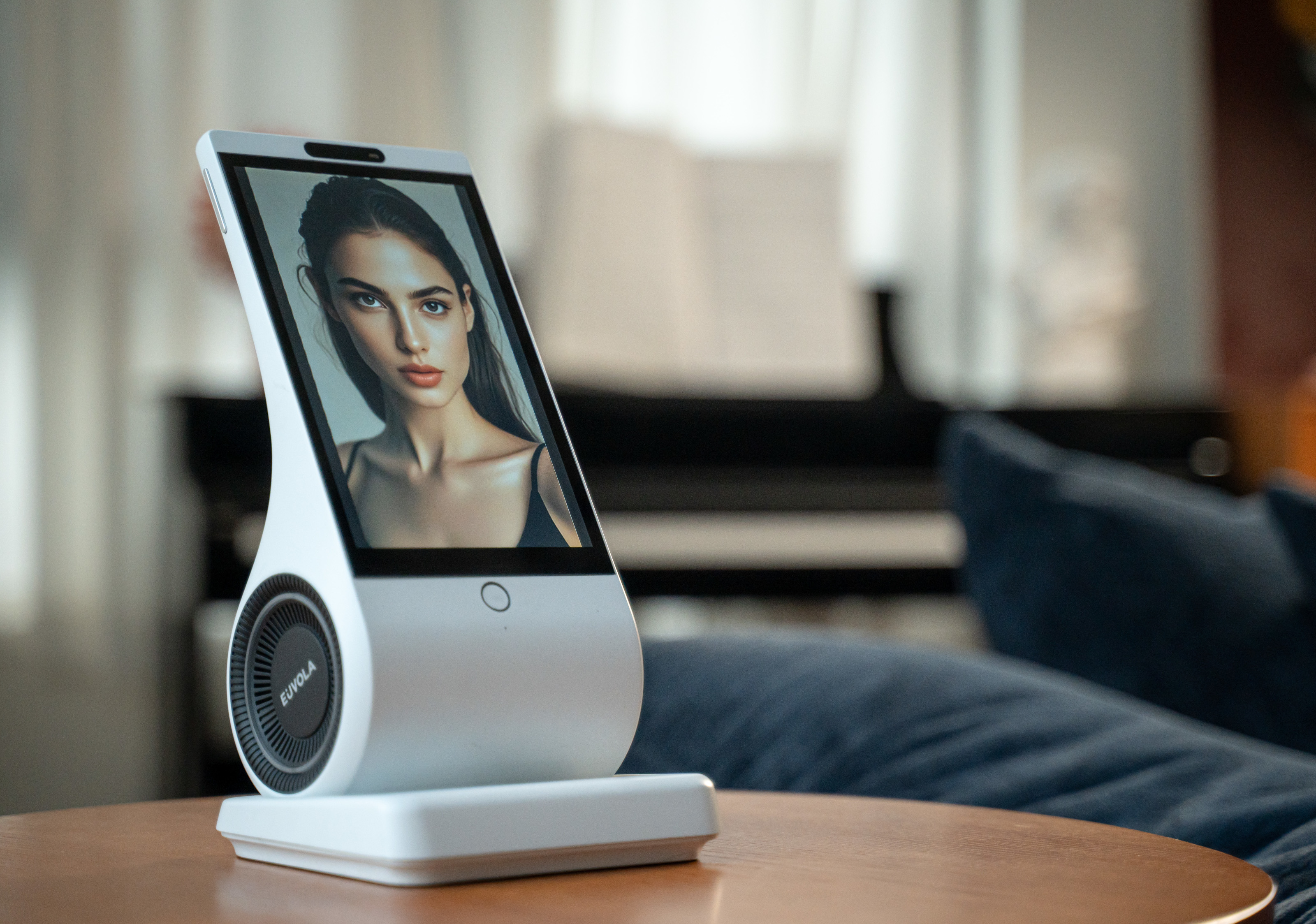
Euvola AI Companion
The company claims that psychologists and other experts were involved in the development of the ‘Empathetic Response System’, but if truth be told we’re in unchartered territory here. Obvious use cases include memorialising family members or absent friends – why have imaginary conversations with a late relative when you could be chatting with their Cloud-based avatar about your day? Don’t answer that.
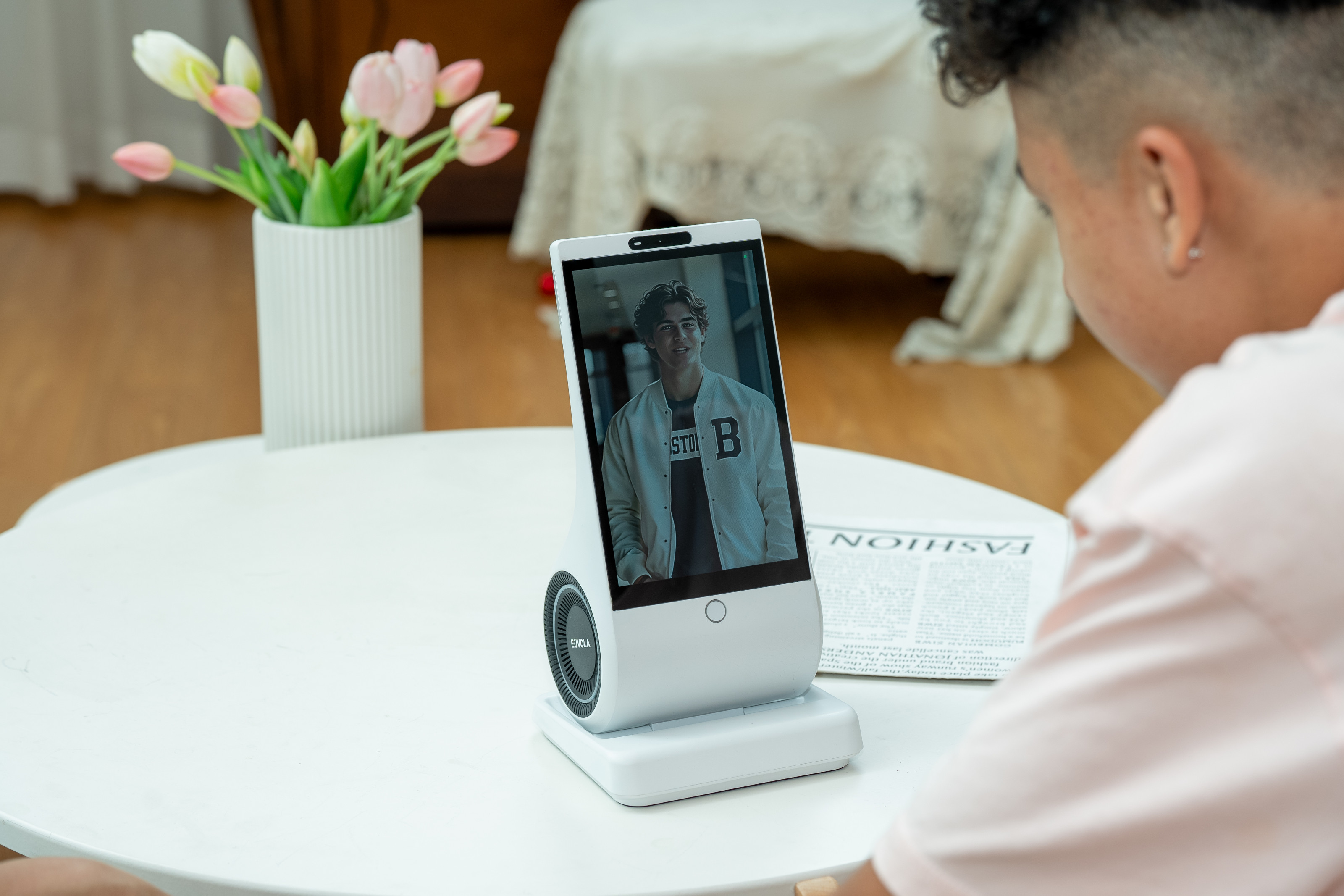
Euvola AI Companion
Pay the premium subscription, and presumably the interaction is even deeper. Nevertheless, the company’s Kickstarter was a quickfire success, so it certainly appeals to someone.
Although privacy is high on the company’s list of considerations, we shudder to think of the many ways the tech could be misused. Perhaps Charlie Brooker should have been consulted from the outset?
Euvola, $245, GetEuvola.com
Casio Moflin

Casio Moflin AI companion in its charging bed
And finally, something furry. Never mind the perils of becoming emotionally attached to a chatbot, what the lonely really want is a soft toy with a personality.
The Casio Moflin isn’t the first and certainly won’t be the last smart companion to hit the market. Resembling a legless, mouthless guinea pig, the Moflin is equipped with sensors, a speaker and servos to create animal-mimicking movements.

Casio Moflin AI companion
The idea is that the Moflin evolves a personality over time and although it doesn’t require ‘feeding’ like a Tamagotchi, the Moflin will still sulk if you neglect it. The idea is that the furry fellow’s combinations of sound and movement ease stress and provide comfort, with the ability to give positive feedback to petting and storking.
Moflin has a little ‘bed’ for recharging and the MofLife app offers insights into the emotional state of your new companion. We've not yet been able to pet one in person, but if any other exponents of AI-driven animals are reading this, we'd be happy to give their creations a try.

Casio Moflin AI companion
Casio Moflin, £369, Casio.com
Jonathan Bell has written for Wallpaper* magazine since 1999, covering everything from architecture and transport design to books, tech and graphic design. He is now the magazine’s Transport and Technology Editor. Jonathan has written and edited 15 books, including Concept Car Design, 21st Century House, and The New Modern House. He is also the host of Wallpaper’s first podcast.
-
 A cinematic members club’ rises in Japan’s forested hills
A cinematic members club’ rises in Japan’s forested hillsJoyce Wang Studio unveils The Magarigawa Club Clubhouse in Chiba
-
 This Gustav Klimt painting just became the second most expensive artwork ever sold – it has an incredible backstory
This Gustav Klimt painting just became the second most expensive artwork ever sold – it has an incredible backstorySold by Sotheby’s for a staggering $236.4 million, ‘Portrait of Elisabeth Lederer’ survived Nazi looting and became the key to its subject’s survival
-
 New Leica Q3 Monochrom camera sees the world in black and white
New Leica Q3 Monochrom camera sees the world in black and whiteDefined by its crisp 60MP monochrome sensor, the Leica Q3 Monochrom is a camera designed for those who want to focus only on light, shadow and form
-
 In the frame: Layer is a new high-tech platform for displaying unique pieces of generative art
In the frame: Layer is a new high-tech platform for displaying unique pieces of generative artA museum-grade canvas renders digital art with spectacular precision, cutting-edge tech and exacting industrial design
-
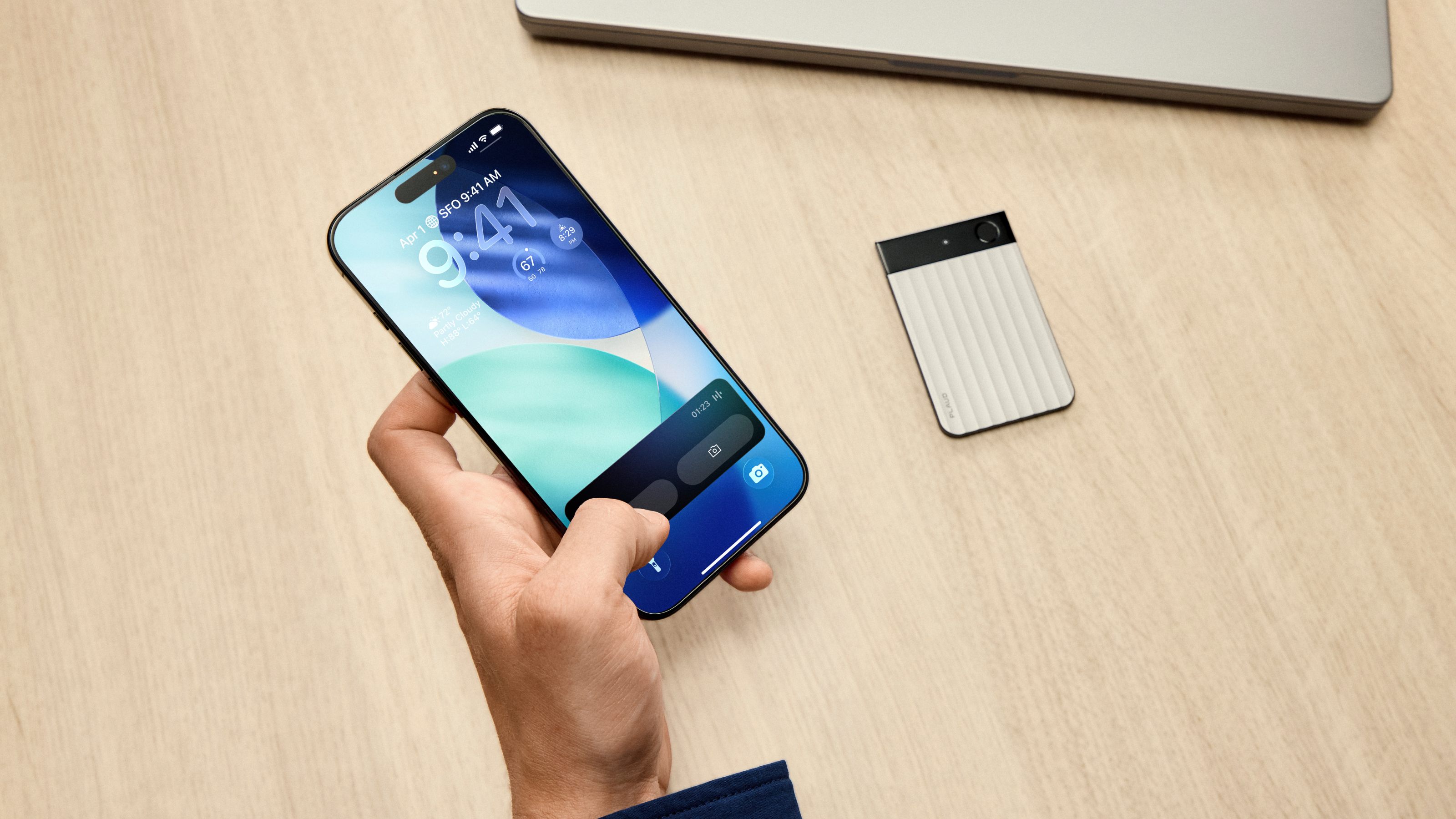 The new Plaud Note Pro deploys AI to transform the spoken word into searchable data
The new Plaud Note Pro deploys AI to transform the spoken word into searchable dataThe Note Pro promises full-on conversational AI, a pocketable device that can capture roundtable chats and correctly attribute speakers and action points. Help or hindrance?
-
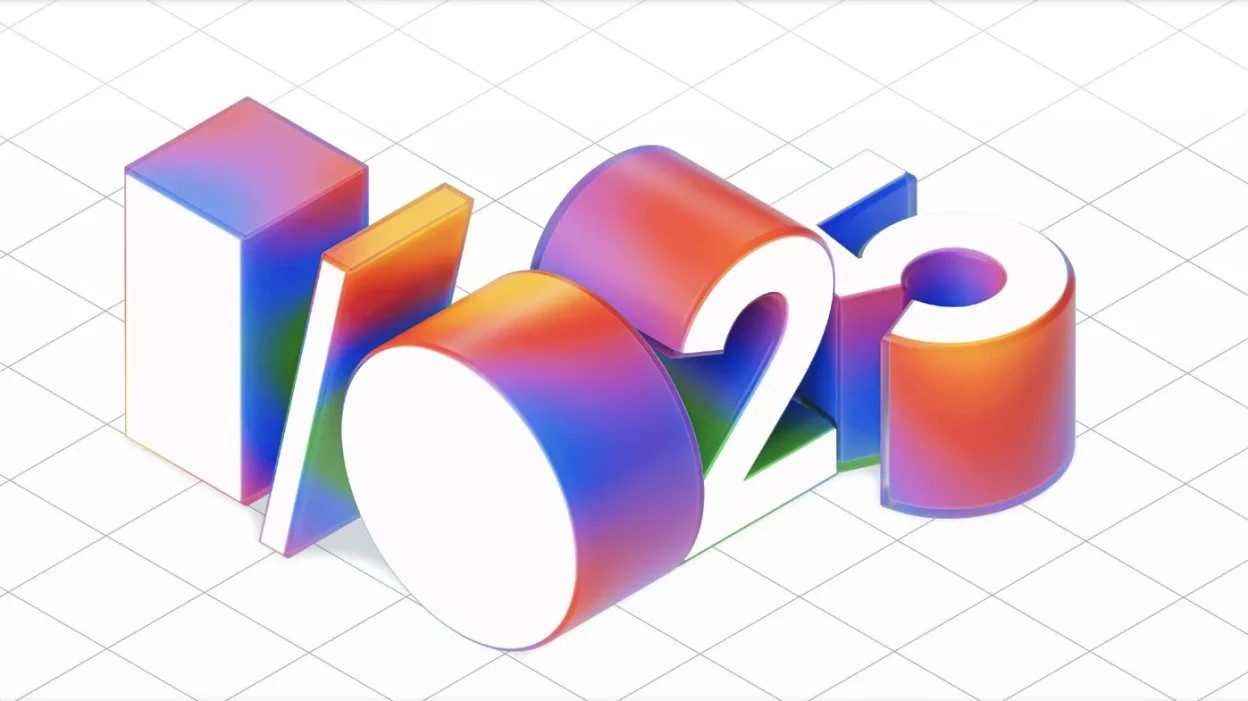 Google I/O 2025 melded light-touch UI interactions with an enhanced AI-driven core
Google I/O 2025 melded light-touch UI interactions with an enhanced AI-driven coreWe take stock of Google’s new AI offerings. Under a new Material 3 Expressive aesthetic that softens and smooths, AI arrives to take stock of you, your choices, desires, innermost thoughts and exactly what it is you want for dinner
-
 Microsoft vs Google: where is the battle for the ultimate AI assistant taking us?
Microsoft vs Google: where is the battle for the ultimate AI assistant taking us?Tech editor Jonathan Bell reflects on Microsoft’s Copilot, Google’s Gemini, plus the state of the art in SEO, wayward algorithms, video generation and the never-ending quest for the definition of ‘good content’
-
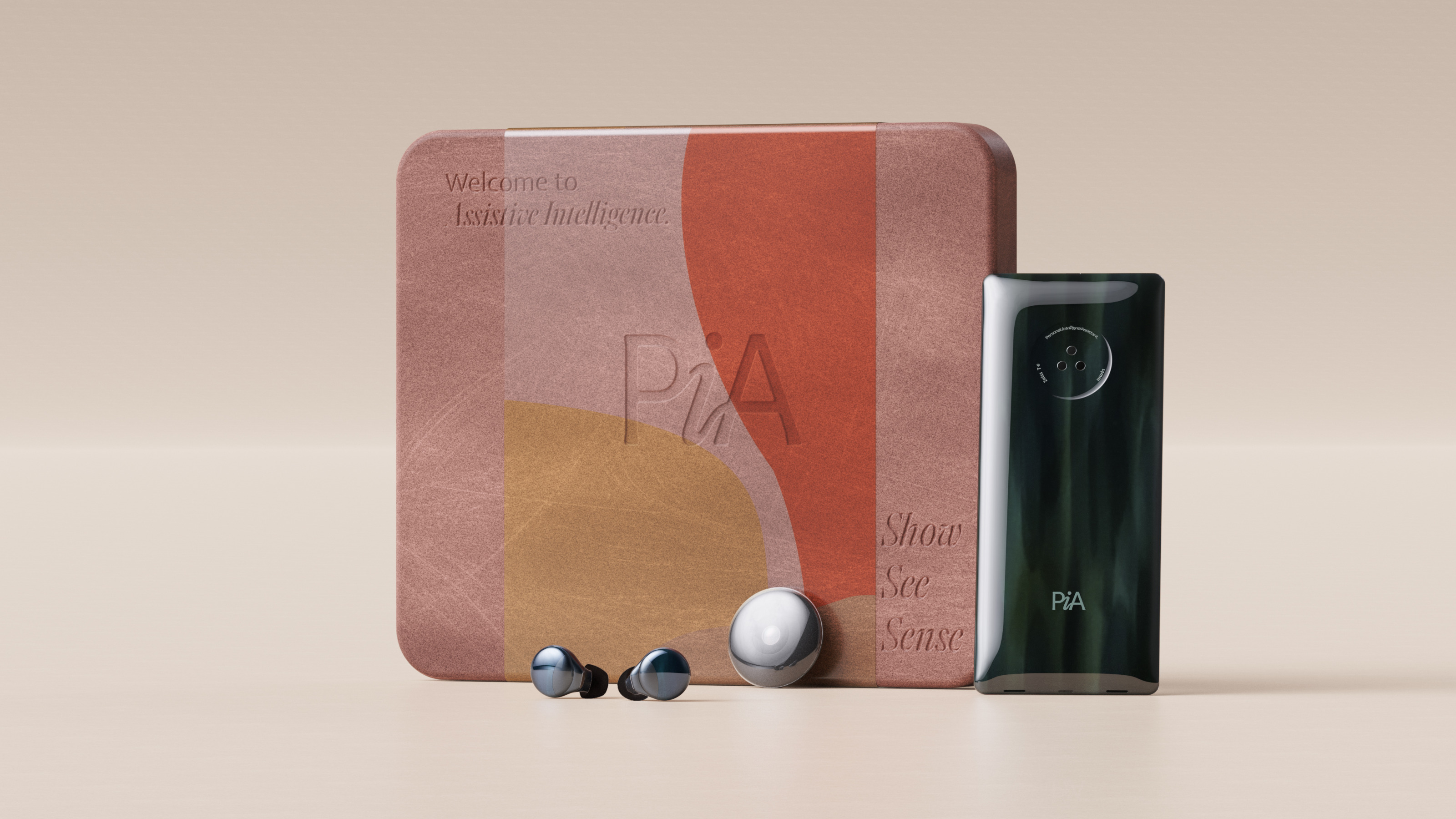 Layer conceptualises a next-gen AI-powered device: introducing the PiA
Layer conceptualises a next-gen AI-powered device: introducing the PiAPiA, the Personal Intelligent Assistant, is a conceptual vision of how AI might evolve to dovetail with familiar devices and form factors
-
 OpenAI has undergone its first ever rebrand, giving fresh life to ChatGPT interactions
OpenAI has undergone its first ever rebrand, giving fresh life to ChatGPT interactionsA new typeface, word mark, symbol and palette underpin all the ways in which OpenAI’s technology interacts with the real world
-
 Yves Béhar describes his approach to design, built around a core of sustainable processes and positive social impact
Yves Béhar describes his approach to design, built around a core of sustainable processes and positive social impactYves Béhar is the Swiss-born American founder of Fuseproject, a San Francisco-based multidisciplinary design studio with an outpost in Lisbon. Béhar's work is held in collections at both MoMA and SFMoMA and includes everything from mobility design to medical technology, robotics and high tech start-ups
-
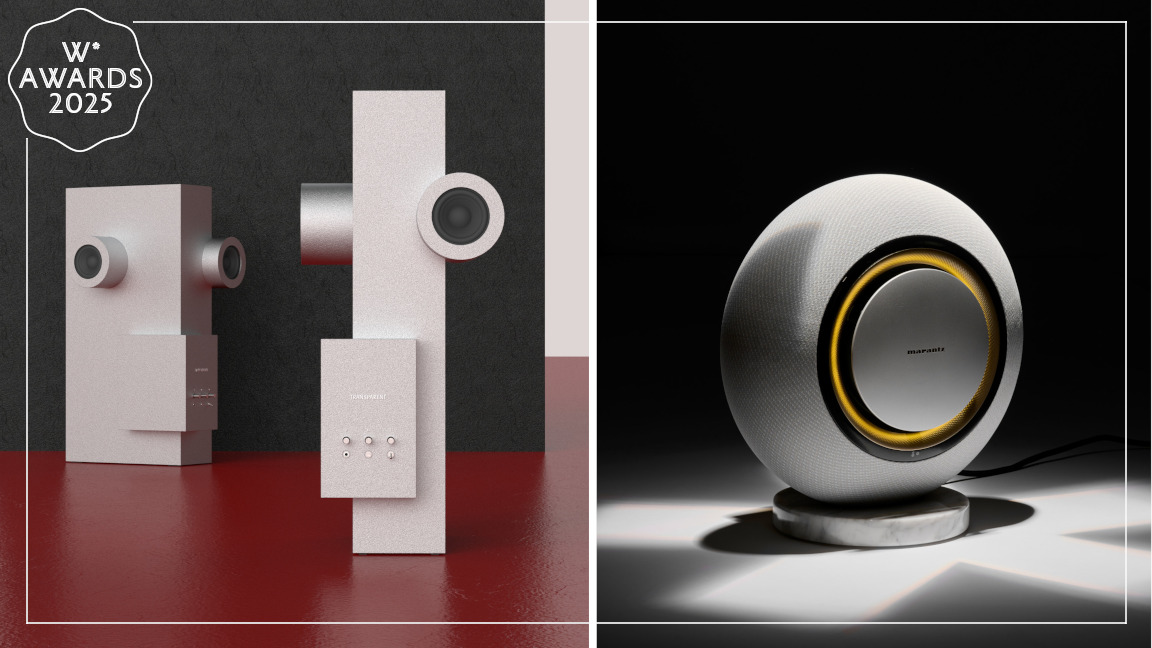 Wallpaper Design Awards 2025: In tech, we’re worshipping at the altar of inanimate objects, not smart devices
Wallpaper Design Awards 2025: In tech, we’re worshipping at the altar of inanimate objects, not smart devicesThe very best contemporary technology, as celebrated by the 2025 Wallpaper* Design Awards and detailed by tech editor Jonathan Bell – watch the video
